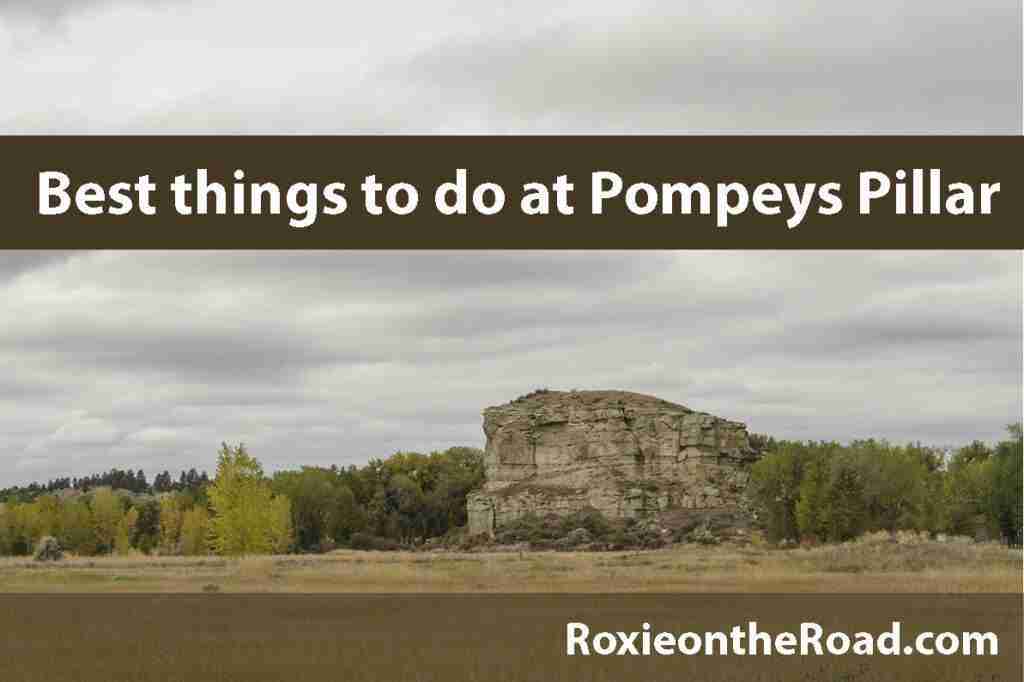Explore Pompeys Pillar National Monument
William Clark carved his name onto Pompeys Pillar during the Corps of Discovery’s 1806 journey home. Meriwether Lewis and Clark had separated to explore more territory. Nearly 200 years later, President Bill Clinton preserved the Montana formation as Pompeys Pillar National Monument.
Pompeys Pillar is on Montana 312, half an hour east of Billings. Take Exit 23 from Interstate 94. Cottonwoods on the Yellowstone River’s south bank partly obscure the pillar.
We have visited Montana several times, but Southeast Montana and Visit Billings hosted us on our most recent visit. If you use our affiliate links, including Amazon Associates and Stay22, to make a purchase, we might earn a small commission for our time and website costs (at no additional cost to you). These links are always disclosed.
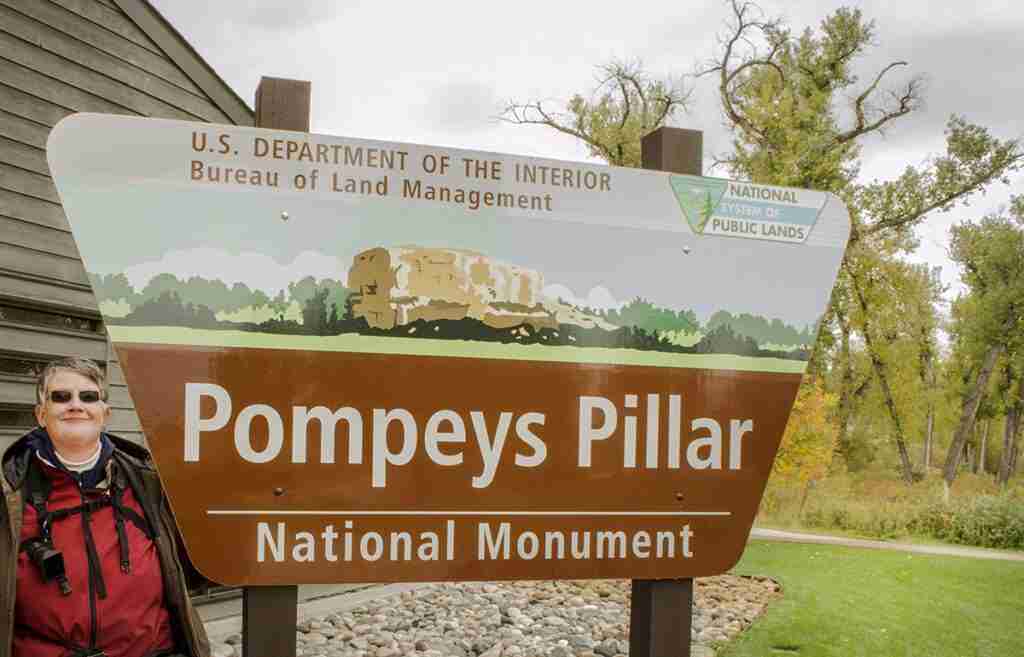
Please look past the trees to the treasure behind them. The pillar’s most significant treasure, Clark’s signature, hides beside a steep staircase. The view from the top is worth the climb.
Clinton announced the 51-acre Pompeys Pillar National Monument on January 17, 2001. The pillar is 20 acres in diameter at its base and stands 120 feet tall. Clark overestimated it at 200 feet high.
Related: Devils Tower was the first national monument.
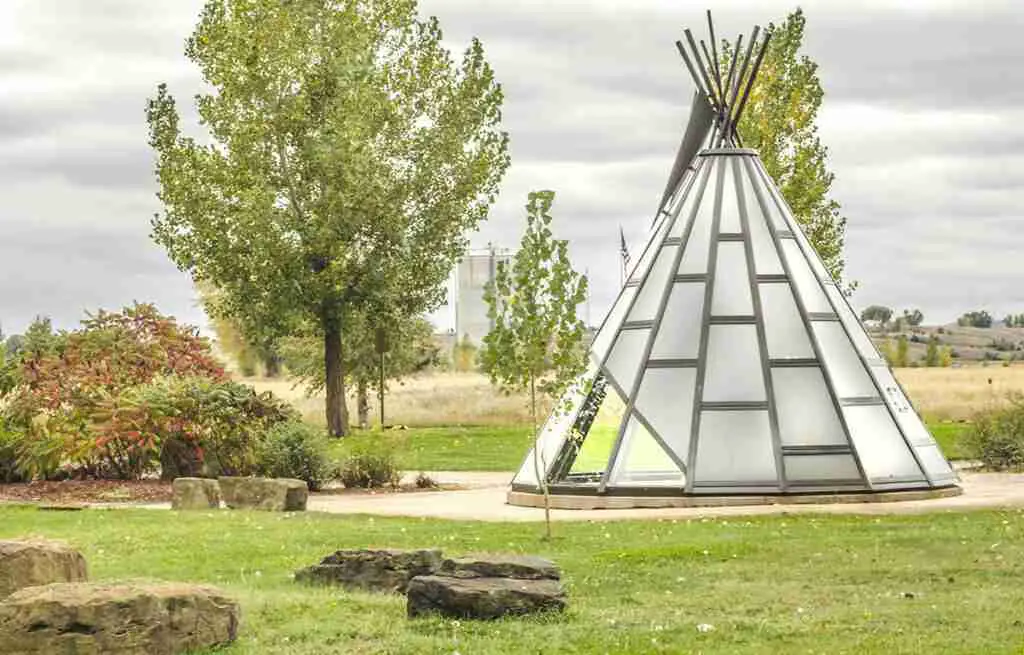
1. Experience Native culture at the Glass Tipi
Every culture values home, family, and hospitality. The Northern Plains tribes invited guests into their mobile homes, the tipi. Richard Throssel’s photographs on the tipi’s panels depict tribal life.
Throssel’s heritage mixed Canadian Cree, Scottish, and English. From 1902 to 1911, he photographed life on the Crow Reservation. The Crow adopted him in 1906.
By the time he moved to Billings in 1911, he had shot more than 1,000 photographs. The images document a changing culture. His work was not limited to the Crow; he also photographed Northern Cheyenne and Blackfeet.
During the summer, Montana’s eight tribes fly their flags next to the tipi. Two panels discuss the tribes’ flags, culture, and the tipi’s importance.
The tribes used the pillar’s location as a ford for 11,000 years. The rock was a natural observation post.
Crow legend says the rock was attached to the river’s north bluffs. At some point, the stone left the cliffs and rolled across the river. Geology says the pillar is a separate section of the north bluffs.
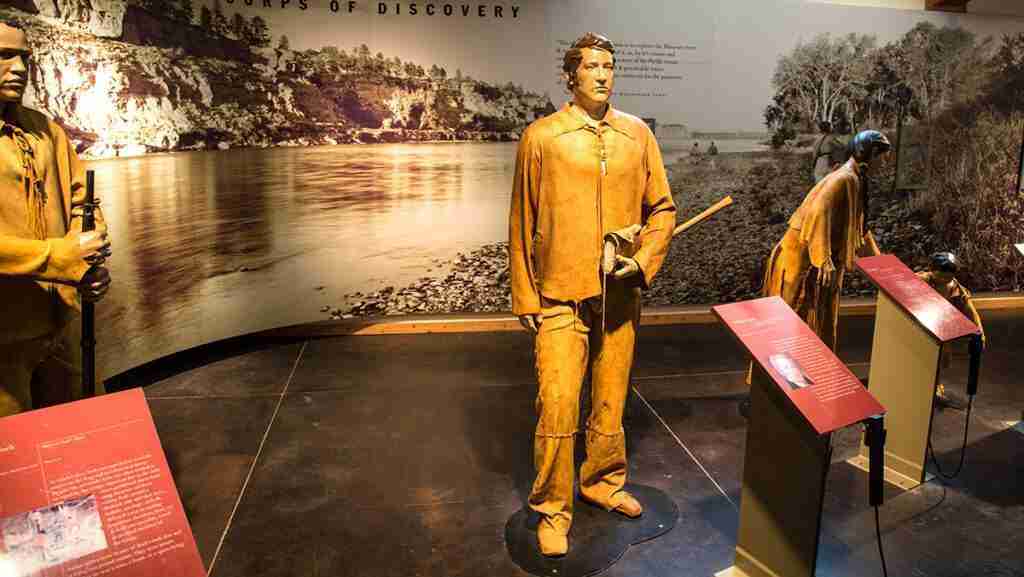
2. Visit the Pompeys Pillar Interpretive Center
The 5,700-square foot interpretive center’s huge windows flaunt a dynamic pillar view. After you soak in the awe, head to the theater for the introductory film.
Roxie’s reliable report: Sit on the theater’s left side in a canoe for an authentic experience.
After the movie, stroll through the center’s displays. Then, follow Clark down the Yellowstone River Valley. Learn about regional plants and animals and the pillar’s history.
Roxie’s reliable recommendation: Visitors may still explore the grounds during daytime even when the center is closed.
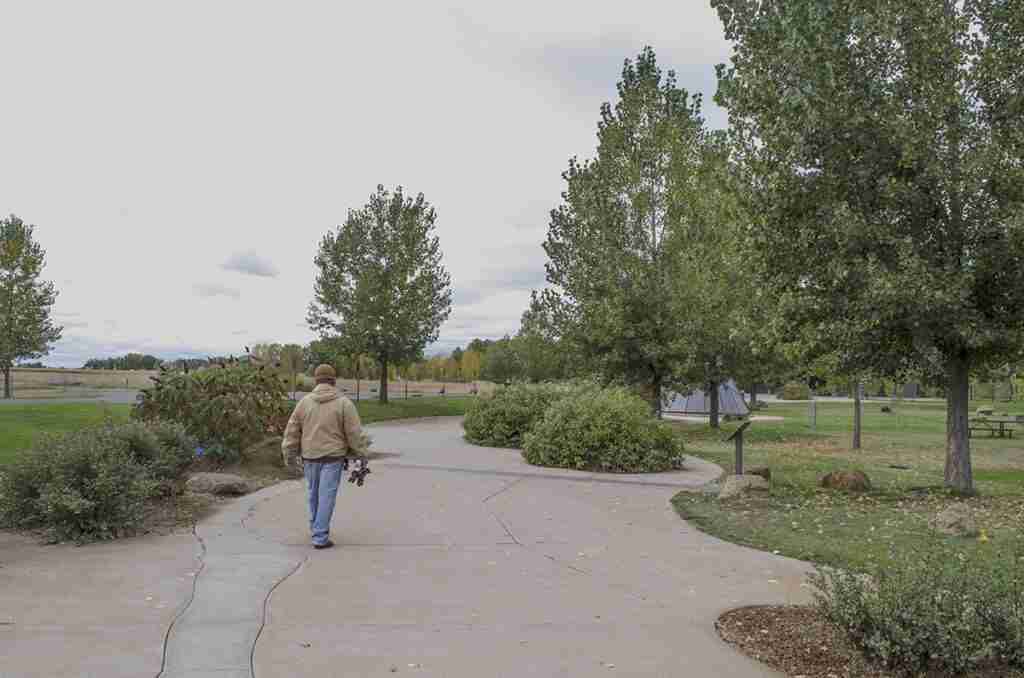
3. Walk the Pompeys Pillar Yellowstone River Trail
A 0.6-mile trail leads to the pillar’s staircase and the Yellowstone River. As it approaches the pillar, the trail forks.
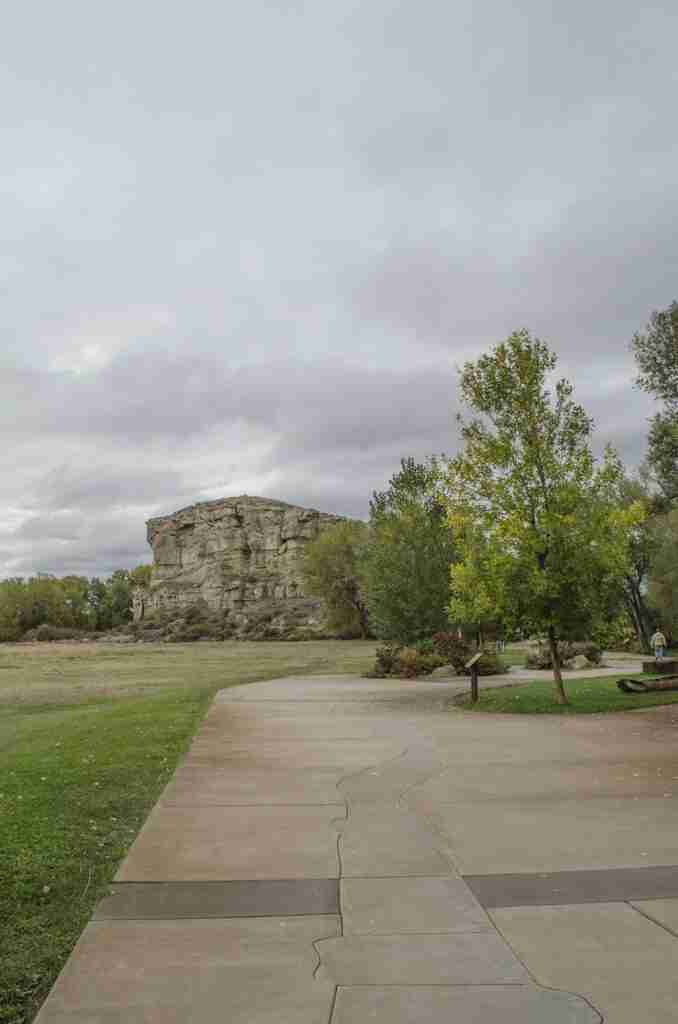
A narrow band runs in the middle of the curving sidewalk from the center to the pillar. The curving walkway represents the river’s mountain portion. Its dark bands show Clark’s stops on the river. Signs explain each stop in the reverse order that Clark traveled them.
The Yellowstone runs from Bozeman Pass to its Missouri River confluence on North Dakota’s western edge.
The braided plains river begins near the pillar. The wider sidewalk represents the river’s course through the plains. Native plants in the walk represent the river’s islands.
Roxie’s reliable report: Clark was the expedition’s cartographer. Look for the compass roses embedded in the walks.
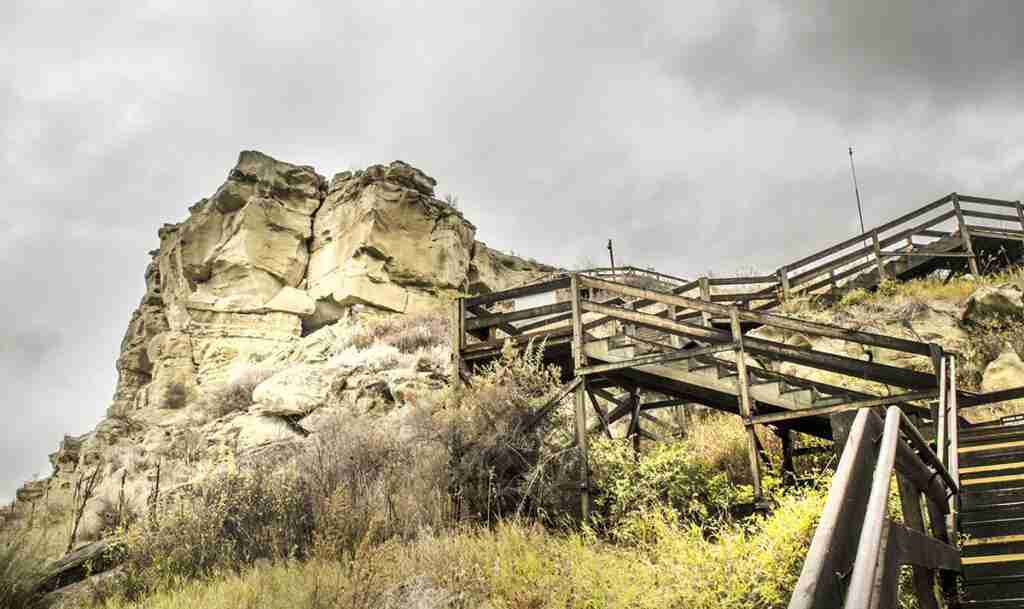
4. View Clark’s signature at Pompeys Pillar, Montana
To see the signature, take the boardwalk and climb the stairs. But don’t follow Clark’s example when you ascend the 200 steps. Carving your name on the pillar is a crime, and security cameras are watching.
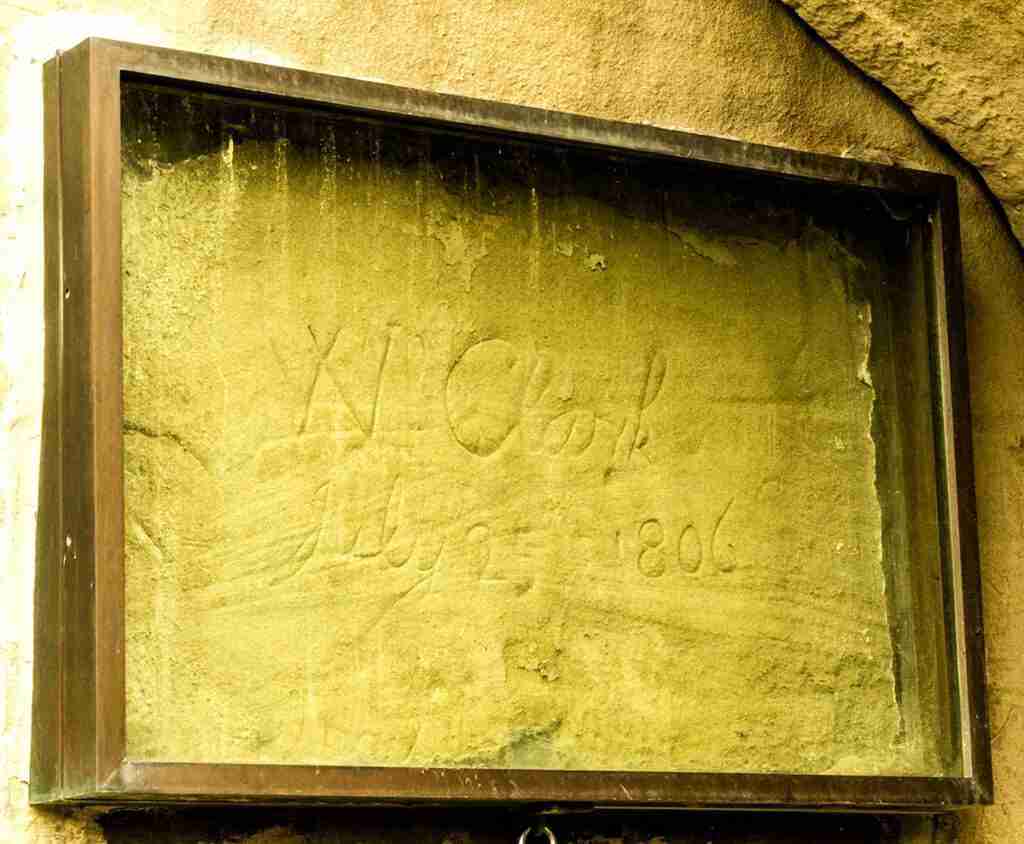
You must admire Clark’s signature because he had trudged thousands of miles to reach the pillar. But don’t stop on his landing. Instead, finish your ascent to the top. We loved the fall view.
Look for deer, foxes, bobcats, and coyotes at the river. Over 160 bird species migrate through the region. In addition, the monument manages its outlying lands as pheasant habitat.
Related: Lewis visited the Cut Bank, Montana, area.
/
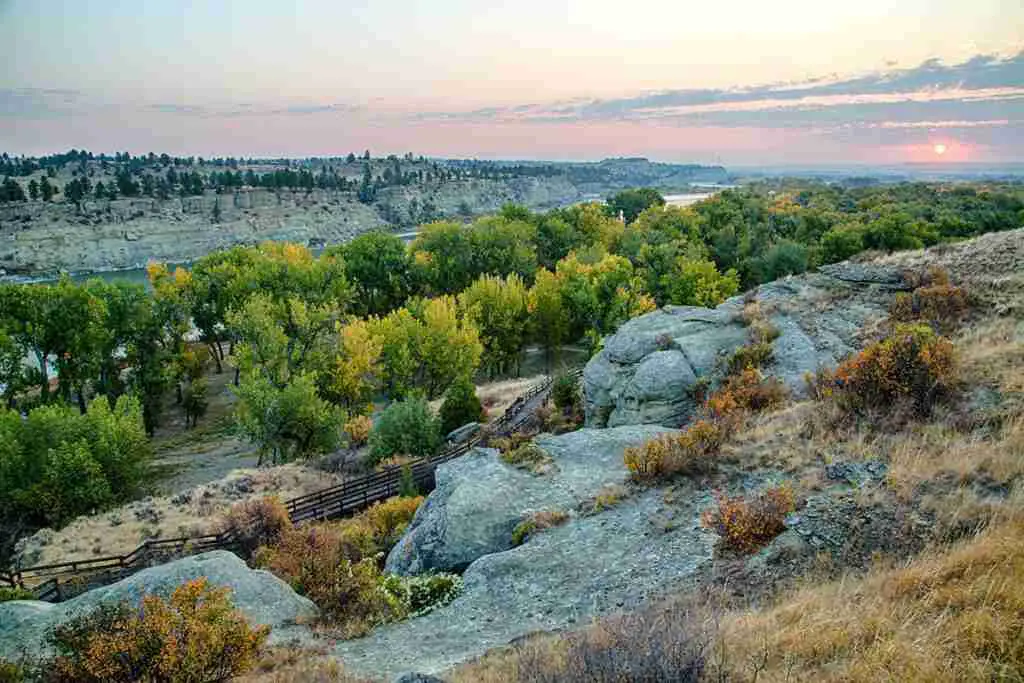
5. Enjoy a picnic at the pillar
The monument has set up numerous tables for picnickers. Set up your gear inside a tipi if you’d like something more genuine. Or just spread your blanket on the ground. While eating, admire the area’s geology and the century-old cottonwoods.
Related: Explore fascinating Southeast Montana.
6. Fish at Bundy Bridge
Bundy Bridge is only two miles away from the monument entrance. Rainbow trout, green sunfish, and brook stickleback are some of the available fish. During the summer, leave the pole on the shore and enjoy a swim.

7. Learn Pompeys Pillar’s importance
Lewis, Clark, and the Corps of Discovery traveled 8,000 miles. In all those miles, they carved their names once, Clark’s dated signature on Pompey’s Pillar. He saw the rock at 4 p.m. on July 25, 1806, and climbed its northeast side.
In his journal, Clark described the formation. He noticed animal petroglyphs on the walls and two stone piles on top. He estimated the view extended about 40 miles.
At least York, Clark’s servant, and Pvt. George Shannon climbed with Clark. Both carved their names, but their signatures are now lost.
“I shall call [the pillar] Pompy’s Tower,” Clark wrote.
Roxie’s reliable report: Sacagawea gave birth to her son Jean-Baptiste Charbonneau at Fort Mandan. Clark later nicknamed the boy Little Pomp or Pompy because of his pompous antics. Eventually, Clark raised the boy in St. Louis.
Related: Explore Fort Mandan and additional Lewis and Clark landmarks around Bismarck, North Dakota.

The names of Pompeys Pillar in Montana
Clark did not know the Crow tribe’s name for the pillar. Their name, is-biia ah-naac’-he’, means “Where the Mountain Lion Sits.”
In the 1814 published expedition history, Nicholas Biddle or Paul Allen changed Pompy’s Tower to Pompey’s Pillar.
Why the change? Perhaps for alliteration or perhaps because of a famous 1803 incident. Royal Navy Commander John Shortland twice climbed the Egyptian landmark with his ship’s master, John White.
Additionally, the government’s naming board dislikes apostrophes, so the pillar’s official name lacks them.
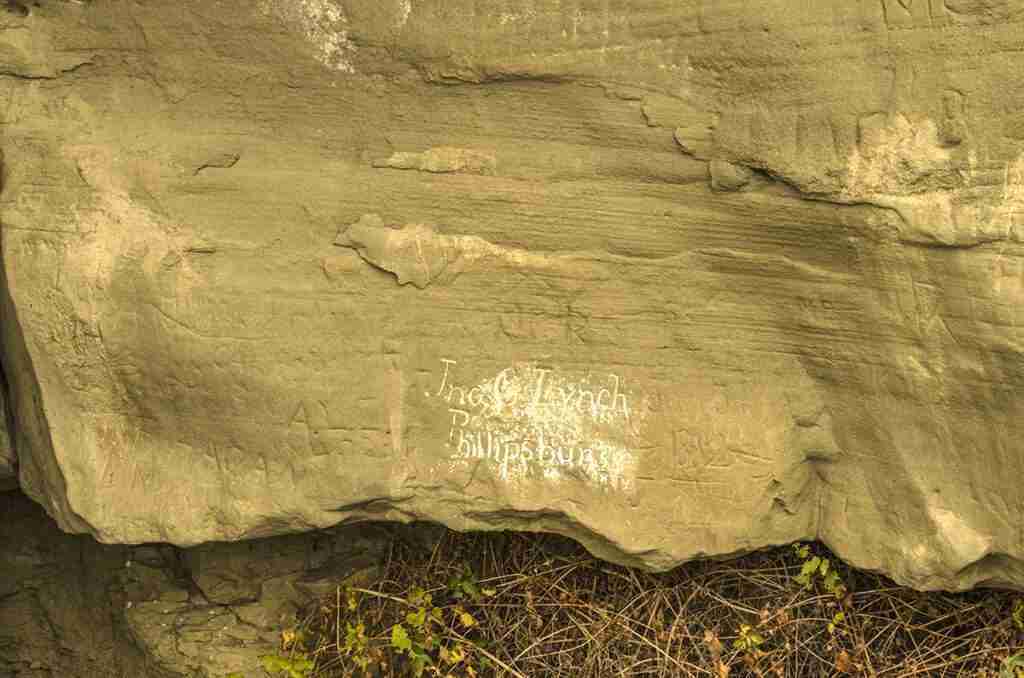
From Pompy’s Tower to Montana national monument
Numerous travelers left their names after Clark’s. Some even carved into his signature. Various people preserved the signature by etching it deeper. Finally, in 1882, J.B. Clough, a Northern Pacific Railroad engineer, shielded it with a grate.
Don and Stella Foote finally enclosed it beneath shatterproof glass within a brass frame. The Footes also made the site more visitor friendly with many improvements.
On July 10, 1965, three thousand visitors came to celebrate the pillar’s National Historic Landmark designation. Clark’s descendant, William Clark Adrion, was one of the numerous dignitaries attending.
Unfortunately, in 1989, insurance costs forced the Footes to close the pillar. Two years later, the Bureau of Land Management bought the site for $1 million. Then Clinton declared Pompeys Pillar National Monument in Montana in 2001.
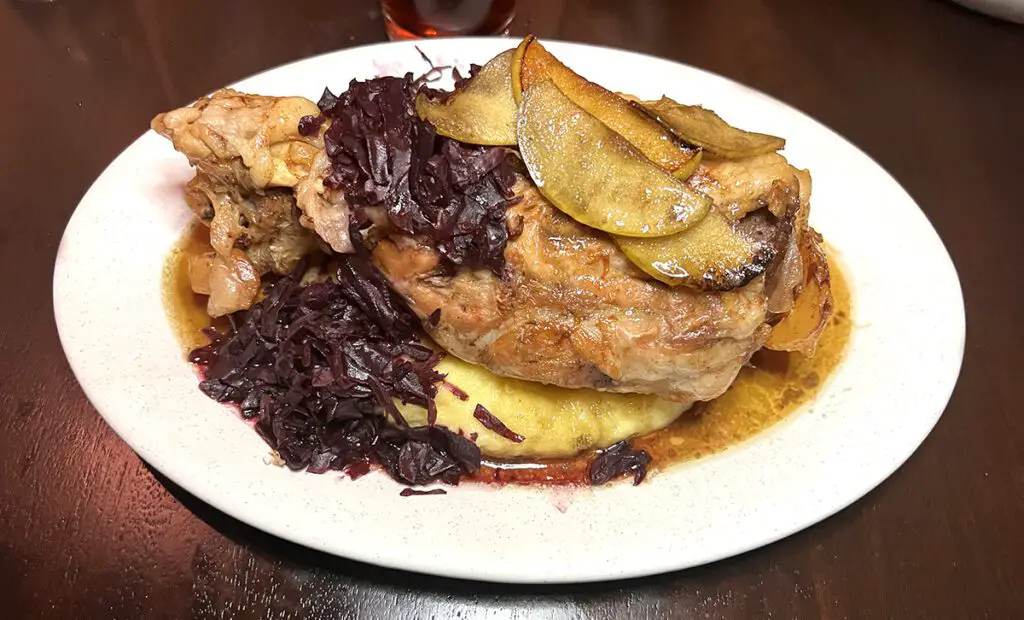
Eat and stay in Billings
After you’ve carved Clark’s name and Pompeys Pillar into your memory, drive Highway 312 into Billings.
First, experience the Billings Brew Trail. Start at the Last Chance Pub & Cider Mill. We recommend the Chip Chop Cider, a blend of their Hopopotomus and Flathead Cherry. It’s perfect.
Earn a brew trail sticker at your second stop, Carter’s Brewery. We liked the Influence Belgian and the 3440 Session IPA.
Check into the outstanding Northern Hotel and stroll down the street to Walkers for supper. Savor their new American cuisine with regionally-sourced food. We adored the sea scallops and the Korean beef bowl. Divine.
As you enjoy your evening, think of Clark and company who had to hunt for their food and sleep in tents.
Learn more
Find more insider information on Billings and Southeast Montana from the local experts.
